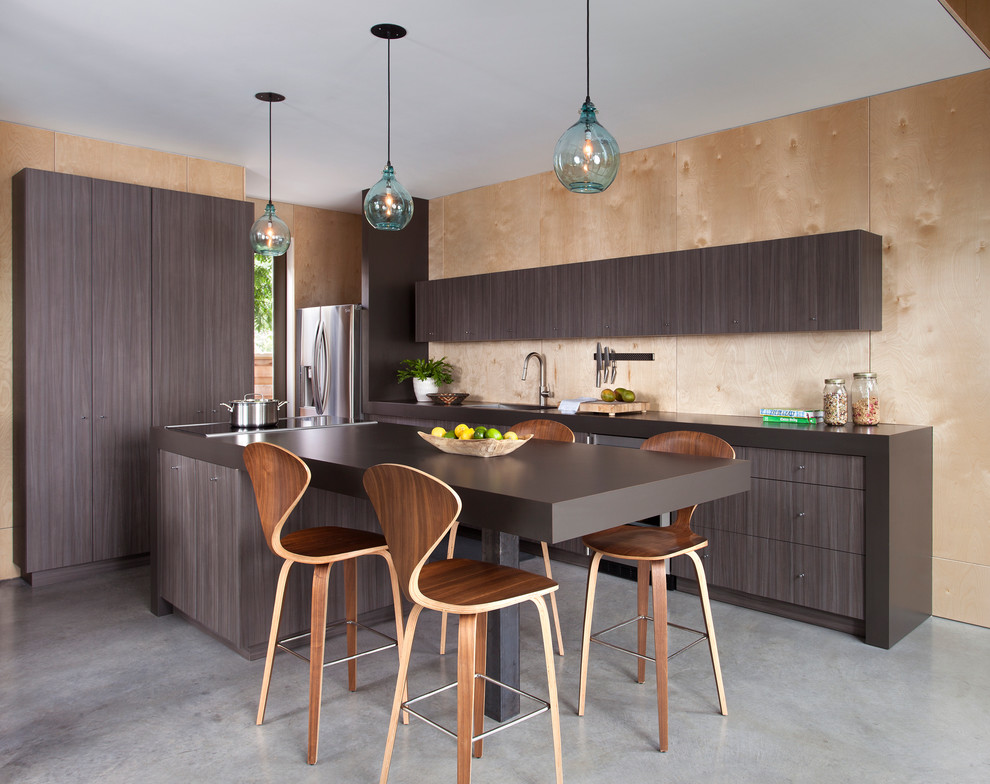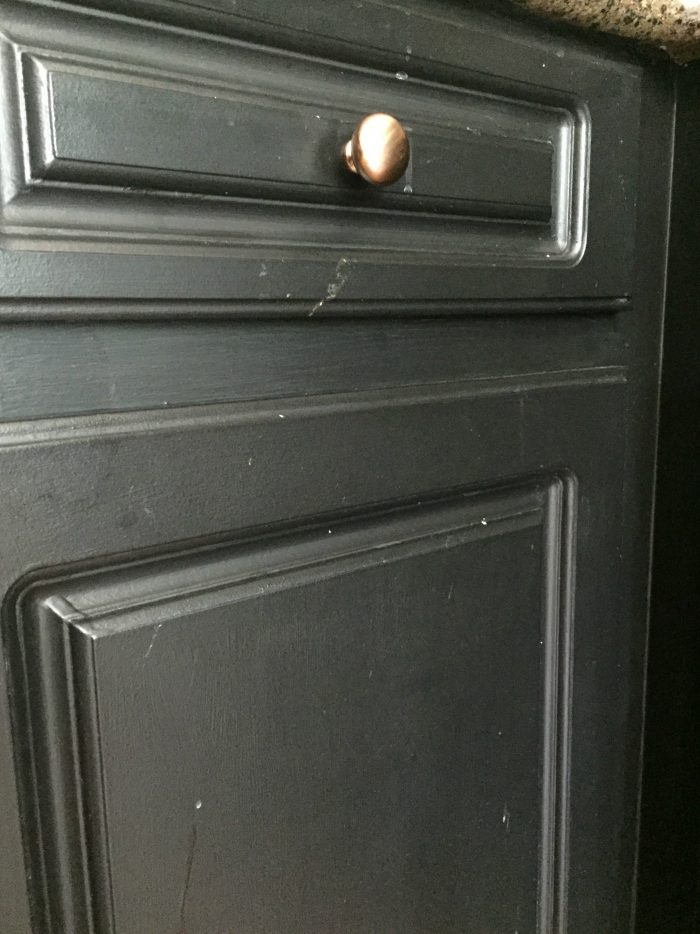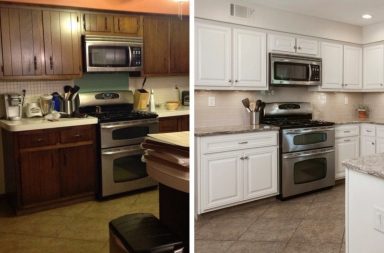Ideas to maintain kitchen cabinets clean throughout the year
Different style cabinets like “stained, laminate, and painted” need different cleaning methods. For cleaning wood cabinets, you can use commercial cleaners like Murphy’s Oil Soap; however, making your own cleaners from common household ingredients is also an alternative. Difficult stains from syrup and chocolate can be removed with a homemade paste composed of vinegar and salt. Apply the paste with a toothbrush on the surface of the wooden cabinet. Do not scrub vigorously because that will produce scratches. After scrubbing, you can rinse the paste off with clean water and dry it with a towel.
With stained wood, you want to use cleaning agents and oil at least once a year. You can use your own DIY recipes instead of buying cleaning supplies. Creating a mixture of distilled white vinegar, rubbing alcohol and a few drops of dish soap will do the trick. To apply the mixture on the surface of the furniture, you can use a microfiber cloth. After this you can rinse off the furniture with warm water and apply a coat of furniture oil. The beeswax in the furniture oil will capture the finish.
In comparison to stained wood cabinets, painted cabinets require a gentle cleaner that does not remove paint. For this reason, they will not use rubbing alcohol. DIY cleaners for this type of cabinets will use ingredients like distilled white vinegar and dish soap. The mixture should be applied with a spray bottle for a more precise measurement. Two microfibers can be used, one for wiping and another for drying the surface.
Black cabinets, whether painted or stained, offer a sophisticated look to a kitchen. However, black cabinets are a tough choice for a kitchen. One problem is that black has the same slimming effect on spaces that it has on clothing. So it makes kitchen space seem a lot smaller.
In addition to this, maintaining black surfaces requires extra work and attention. Any mark of water and grease will show on ebony surfaces. Dust is also likely to accumulate on oily surfaces and places with food residue, and if this is left dirty, it will pull in even more dust.
Blacks with a high-gloss will show smudges and fingerprints (in this case, flat blacks will be the more practical alternative). For these reasons, homeowners of black-surface kitchens should establish a routine where they habitually, at least once a week, clean off buildup.
In contrast to black cabinets, white cabinets give a spacious look to a room. However, not unlike black cabinets, scraps, specks, food particles, and fingerprints are easily visible. Also, small chips and scratches can show up. It is a good idea to to carry a bottle of matching white paint to fix these imperfections. Also, these surfaces should be cleaned at least once a week with a damp microfiber.
Out of all the materials previously mentioned, laminate cabinets are the most practical to clean because their material does not absorb dirt and grease through porous wood grains.These cabinets will look fantastic with only the wiping down of a damp microfiber. If a more thorough procedure is needed, a DIY cleaner containing alcohol and vinegar will help remove food residue. Vinegar is an acidic natural substance, and alcohol is capable of cutting through “grease and oil.” Alkaline mixtures work well with laminate or painted cabinets. One such mixture is made from two cups of hot water, half a teaspoon of vegetable-based detergent, half a teaspoon of Epsom salts, and two teaspoons of a detergent containing sodium borate.
In kitchens, there are some difficult places, often hidden, that do not allow for easy cleaning. It is recommended that once a year homeowners remove pulls and knobs to clean the fronts of cabinets around these areas. If the handles or knobs cannot be removed, a knife or toothpick can be wrapped around a microfiber cloth to reach these nooks and crannies. If using this method, one must be careful that the knife does not penetrate the cloth because this will scratch the cabinet. The area around the stove is prone to collect grease and oil. A homeowner should keep around a spray bottle of vodka with Castile soap to remove these dirty patches, and afterward, they should rinse thoroughly with a microfiber cloth.



